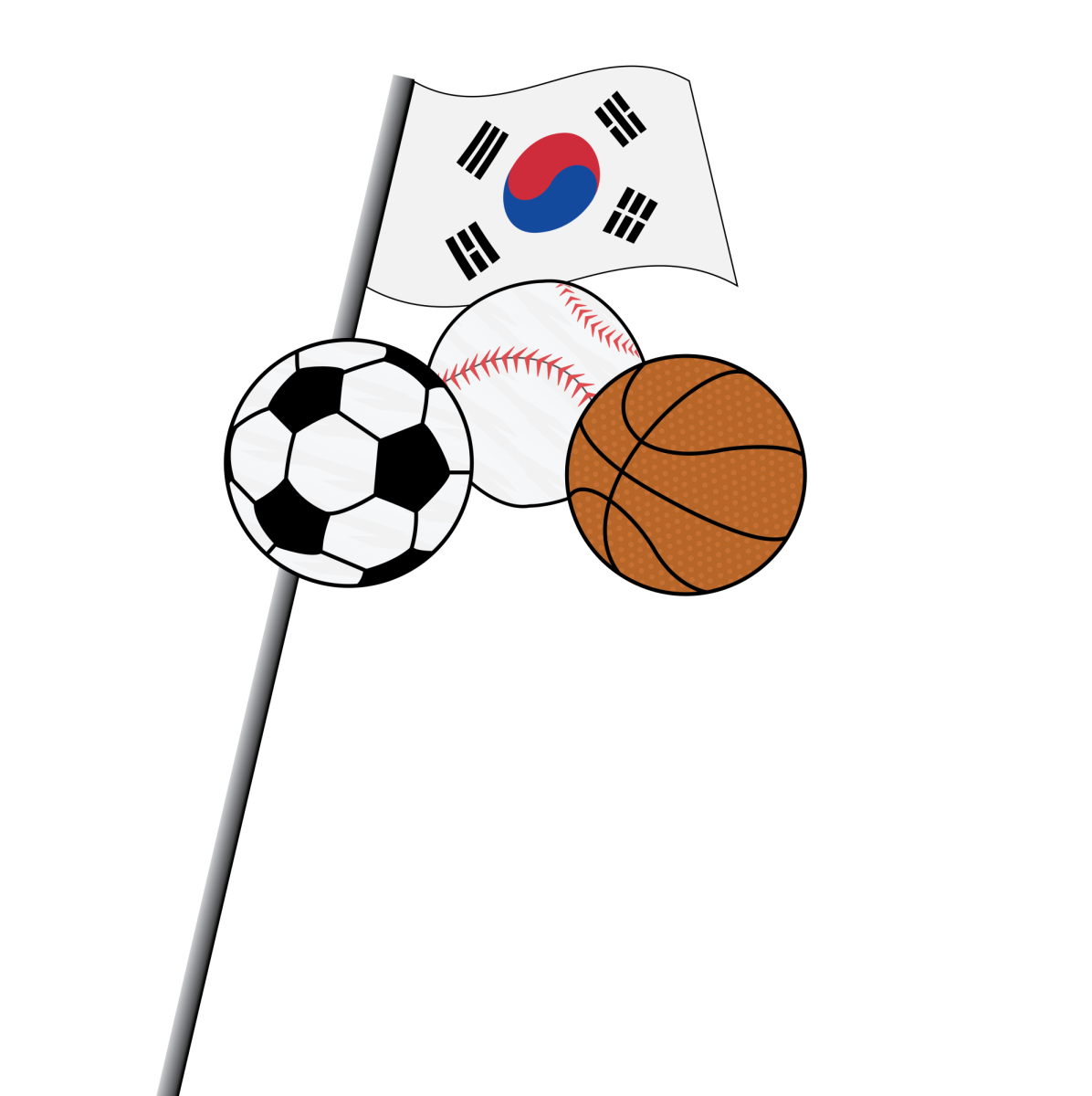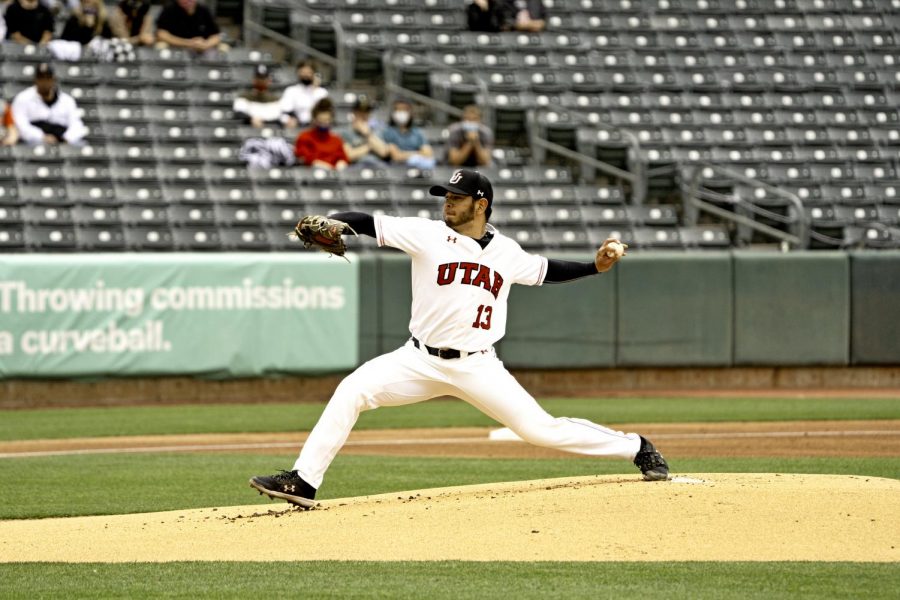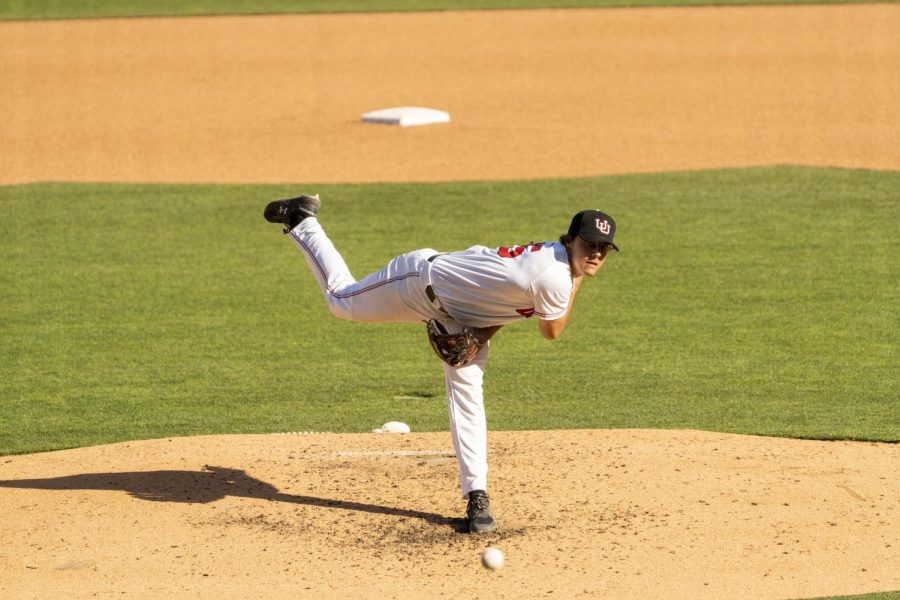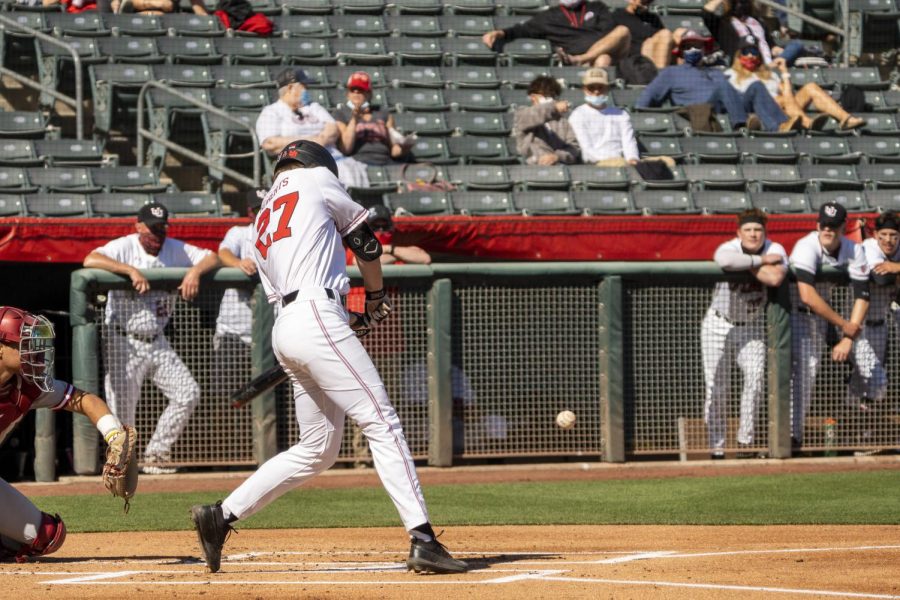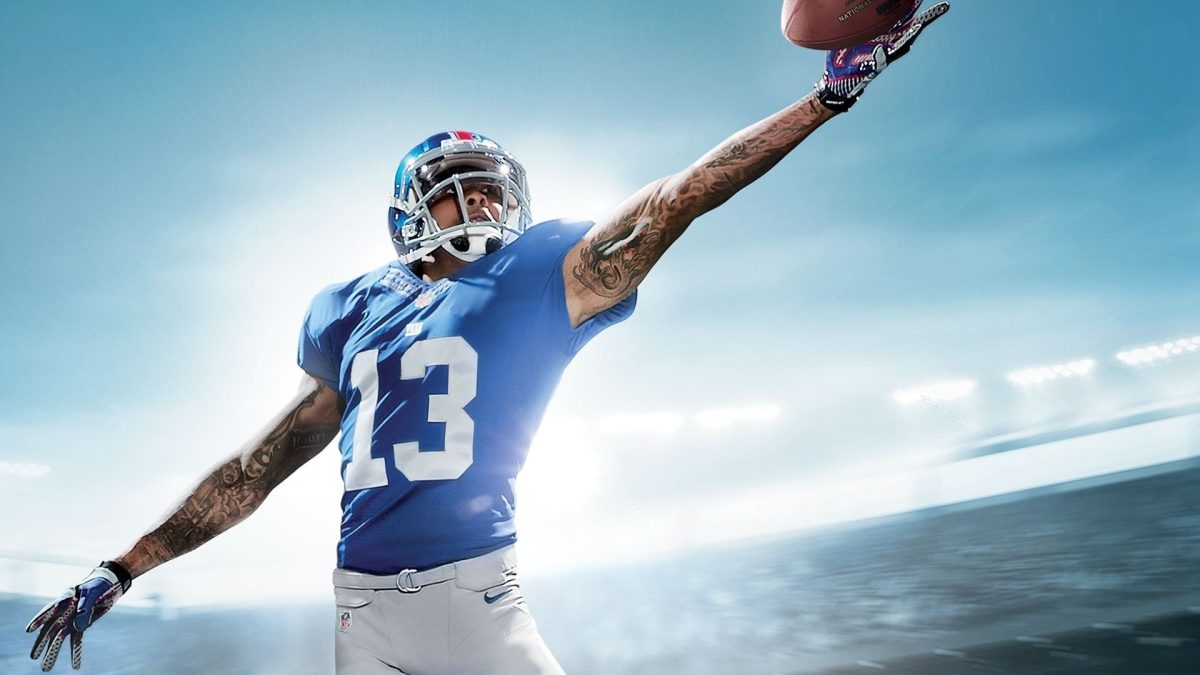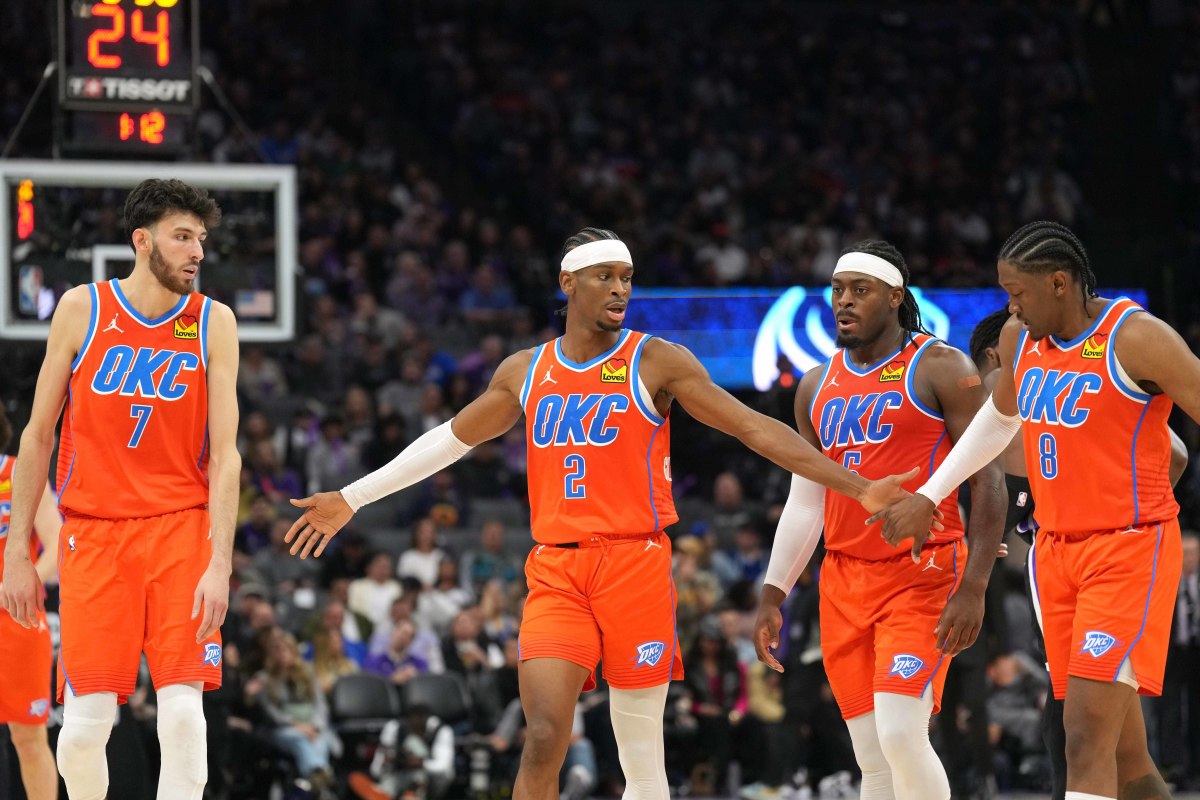It was just over a year ago when, in January 2023, the Salt Lake Bees Triple-A baseball team their plans for a new stadium in South Jordan. After announcing these new stadium plans, the Bees broke ground on their new ballpark in the Salt Lake suburb that October.
The now-closing Smith’s Ballpark first opened in 1994 and has been a pillar of the community. Like many baseball fields across the country, Smith’s Ballpark has influenced the culture of the city, with residents even renaming the area around the stadium “Ballpark Neighborhood,” solidifying the stadium as a monument of the area. However, while the prospect of a new stadium in a pleasant suburb may be appealing to many Utah residents, the closure of the ballpark may negatively affect the surrounding areas and ultimately be a punishing move for the Salt Lake community.
For 30 years, fans brought passion and pride to their Bees in Salt Lake. While the transition to South Jordan may prove to be smooth and maybe even a lucrative one, Salt Lake must properly deal with the abandoned stadium: an empty stadium can not only kill fan nostalgia, but kill a community.
Take Oakland, California. Home to the largest seaport in Northern California, the Bay Area city massively grew in size during World War II. In the late 1960s, the city had over 365,000 people and gained the attention of the Kansas City Athletics, a major league baseball team looking for a new home.
In 1968, the Athletics moved into the infamous Oakland Coliseum, a multi-purpose stadium also used for football. While the stadium is now considered one of the worst in sports, at the time it was thought of as grand and even revolutionary for its advancements to multi-sport usage. The Coliseum has been home to several other franchises — such as what are now the Las Vegas Raiders and San Jose Earthquakes. But a series of moves capped by the Athletics’ move means the stadium will be unoccupied at the end of 2024, a brutal punch to the Oakland community.
After the news broke in Oakland last summer, chaos ensued in the surrounding neighborhoods. Several stores and restaurants closed down. Even the local In-N-Out announced they would be closing their doors, making history as the only In-N-Out ever to do so.
Although Salt Lake City doesn’t have the crime problem that Oakland has, the city should be aware of the troubles that community has faced and make sure that doesn’t happen to the Ballpark Neighborhood.
The story of Smith’s Ballpark and Oakland’s soon-to-be defunct stadiums offers valuable lessons for the future, but none can compare to one of the worst abandoned stadiums in recent memory — The Silverdome.
When the Detroit Lions played their first game in the Silverdome in 1975, it was considered one of the finest, if not the finest venue, in all of sports. The stadium featured not only the Lions but held legendary concerts with performers like Led Zeppelin, The Who and The Rolling Stones.
However, like the Oakland Coliseum, the longevity of the Silverdome was limited and, in 2013 the dome was closed for good. What happens next was the stuff of nightmares: although it was slated to be destroyed in 2017, the city faced issues demolishing it, which created a wasteland of architecture the became an eyesore for Detroit residents. The abandoned stadium looked more like a city dump than a once-historic piece of architecture. Finally, in 2020 the stadium was replaced by an Amazon warehouse, but the waste of the Silverdome became a nationwide phenomenon and an embarrassment for the Detroit community.
As the Salt Lake City Bees bid farewell to their former home the city must prepare for the future of the Ballpark neighborhood. In a January 2024 interview with KSL Salt Lake City Mayor Erin Mendenhall revealed the potential future plans for the district, saying, “Now that we have more than 13 acres of prime real estate, (there) is an unparalleled development opportunity to invest in for the people of Salt Lake City and this neighborhood.”
What this means for the city and its residents remains unclear. But city officials must be sure to learn from the lessons above and either make plans for the stadium or handle it’s replacement quickly to protect the Ballpark Neighborhood and its residents.








